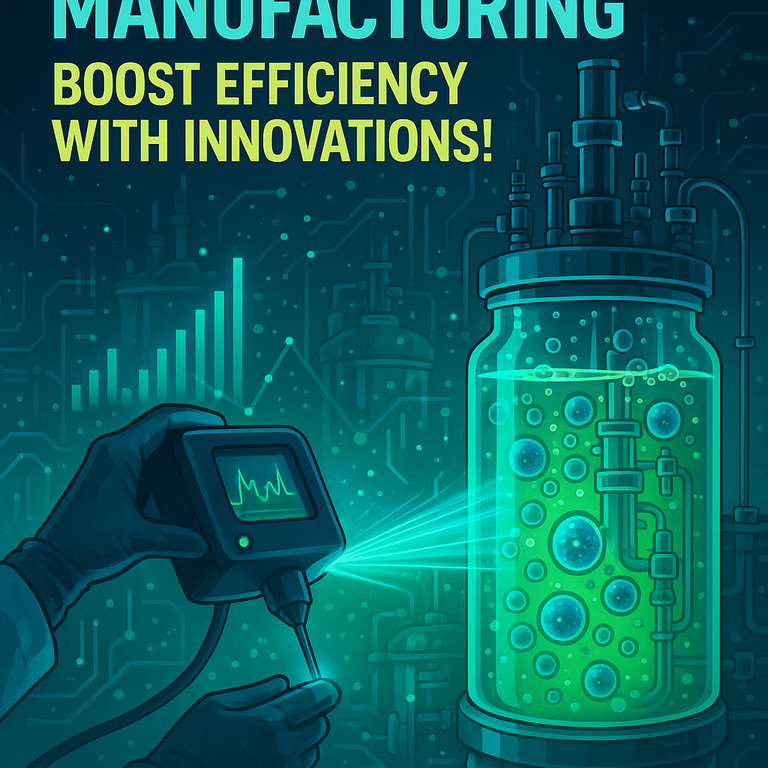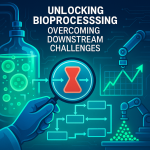Raman spectroscopy
Raman spectroscopy

Revolutionize Manufacturing: Boost Efficiency with Innovations!
Unlocking manufacturing efficiency! 🌟 Process intensification boosts production while minimizing resources. 🔍 Advanced technologies like Raman spectroscopy enhance biomanufacturing. 📈 Real-time data drives control and speed!

Revolutionizing Biopharma: Spectroscopy Boosts Process Efficiency!
🌟 Discover how spectroscopy advances enhance PAT in biopharmaceuticals! 🔍 Innovations tackle downstream processing challenges for efficient product release. ⚗️📈

Biosensors Revolutionized: Faster Data Better Insights!
Discover how new Raman spectroscopy advances are revolutionizing biosensors! 🌟 Faster, cheaper analysis with accurate predictions. 🚀🧪📊✨

Unlocking Biopharma: WuXi’s PAT Revolution!
🌟 WuXi Biologics champions PAT in BioPharma, enhancing control and quality assurance for rapid therapy development! 📊🔬💡 BiotechInnovation

Revolutionizing Bioprocessing with New Spectroscopy Technique!
**Excerpt:** 🌟 Discover how novel ATR-FTIR spectroscopy transforms upstream monitoring in bioprocessing, enhancing cell health analysis and efficiency! 📊🔍💡🛠️

Revolutionizing Cell Culture Automation with Raman Spectroscopy
🔬 Discover how Raman spectroscopy revolutionizes biopharmaceutical manufacturing by optimizing processes, improving quality, and reducing costs. 🧪✨

Time-saving Raman Spectroscopy Models for Cell Culture Monitoring
🔍 Raman spectroscopy is becoming popular for monitoring cell cultures in biopharmaceutical production. 🔬 Creating accurate calibration models for Raman-based monitoring is challenging and time-consuming. 🧪 Scientists developed orthogonal projection to latent structures (OPLS) models to predict production and culture indicators. 📊 The models accurately predicted glucose and lactate levels across different clones, but had issues with predicting titer levels. ✨ A generic calibration model can be used for glucose and lactate levels, but not for product prediction. 🔬 Raman spectroscopy is useful for monitoring cell cultures, but creating calibration models is still time-consuming.


